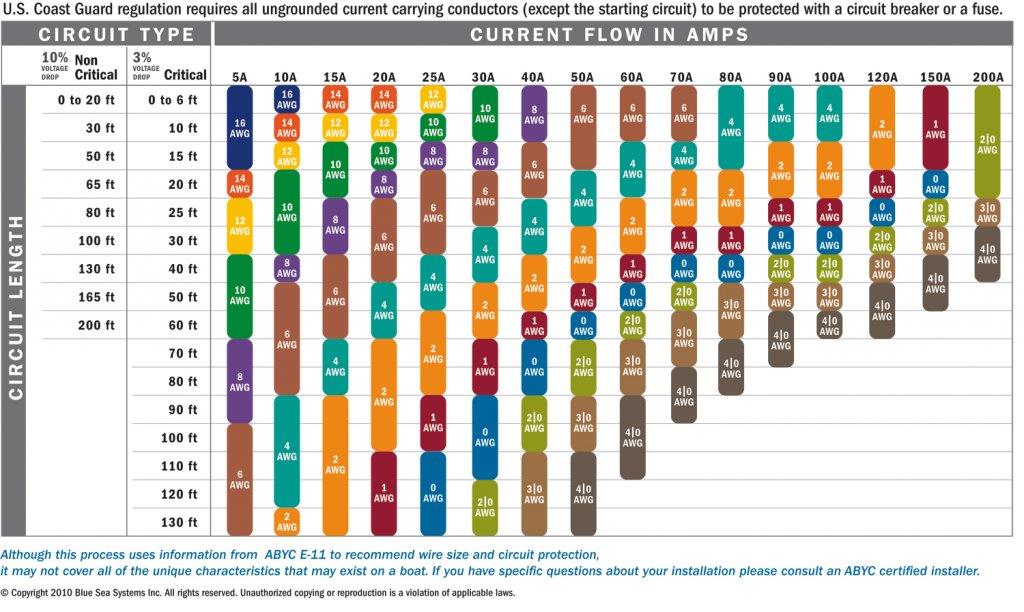G'day guys,
I have just set up a bilge pump (1150GPH) with about 8 Metres (fused) of cable between the pump and the Anderson plug that I can connect to my 100 Ampere hour deep cycle battery. I wanted long lead so I can connect to my battery in my 4WD and not have to be right on top of the water supply.
When I connect it all ...it runs OK but I reckon the bilge pump doesn't pump as much volume as when it just had the 1 metre wire coming out of the bilge pump.(before I added the 8 metres and the fuse)
I am wondering If I am suffering from voltage drop because of the 8 Metres wire.
1150 GPH bilge seemed to be OK to run into my mini McKirk sluice.
Is voltage drop my problem...if so..how do I work out what's going on. ( I am not a real techo but I can dig sh*t loads of dirt = digger/grunt)
thanks in advance
Mike
I have just set up a bilge pump (1150GPH) with about 8 Metres (fused) of cable between the pump and the Anderson plug that I can connect to my 100 Ampere hour deep cycle battery. I wanted long lead so I can connect to my battery in my 4WD and not have to be right on top of the water supply.
When I connect it all ...it runs OK but I reckon the bilge pump doesn't pump as much volume as when it just had the 1 metre wire coming out of the bilge pump.(before I added the 8 metres and the fuse)
I am wondering If I am suffering from voltage drop because of the 8 Metres wire.
1150 GPH bilge seemed to be OK to run into my mini McKirk sluice.
Is voltage drop my problem...if so..how do I work out what's going on. ( I am not a real techo but I can dig sh*t loads of dirt = digger/grunt)
thanks in advance
Mike




